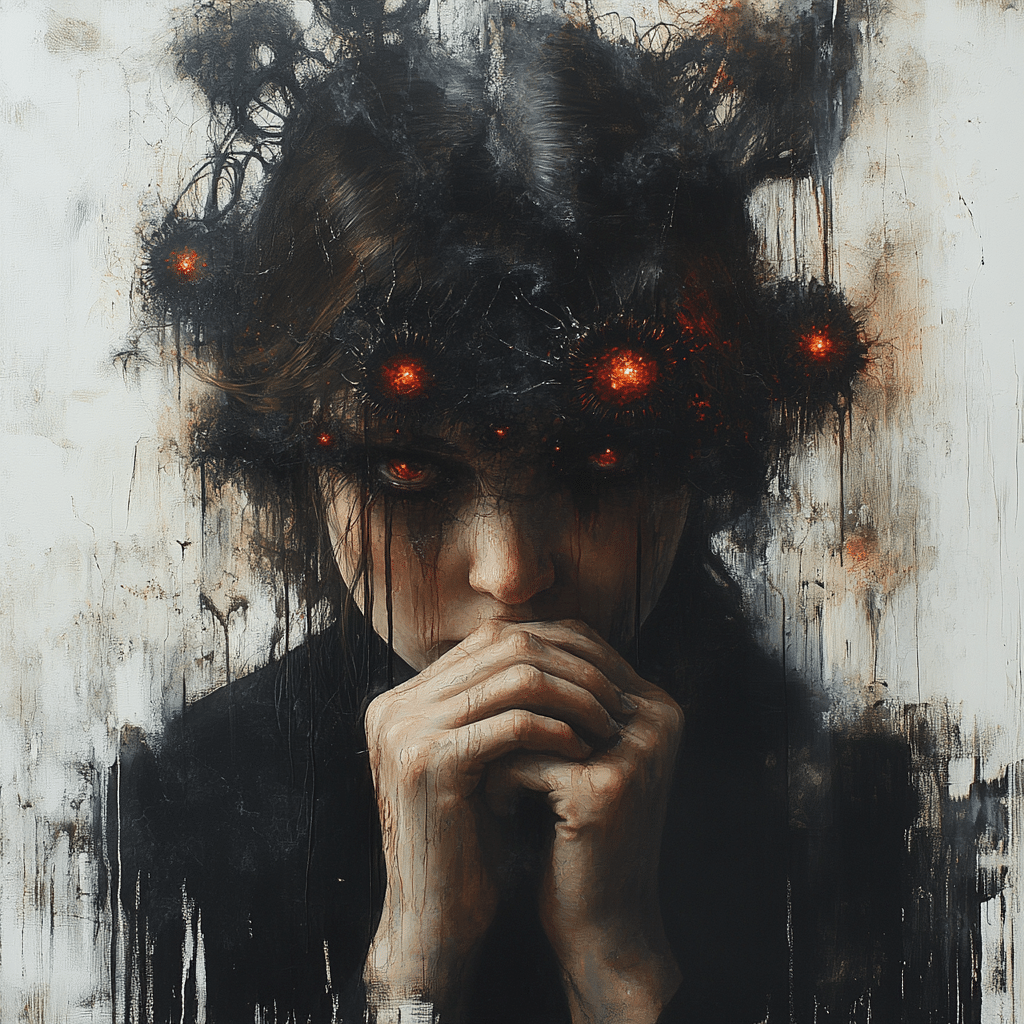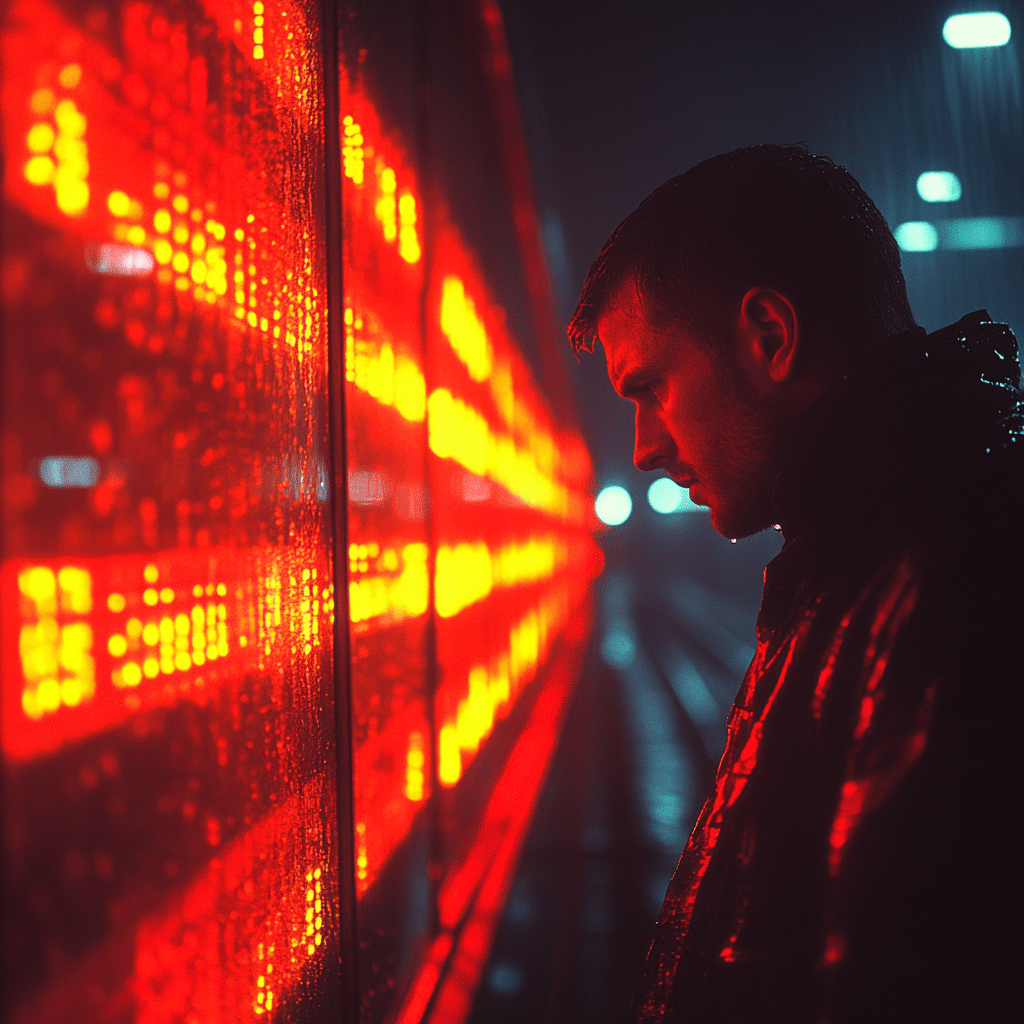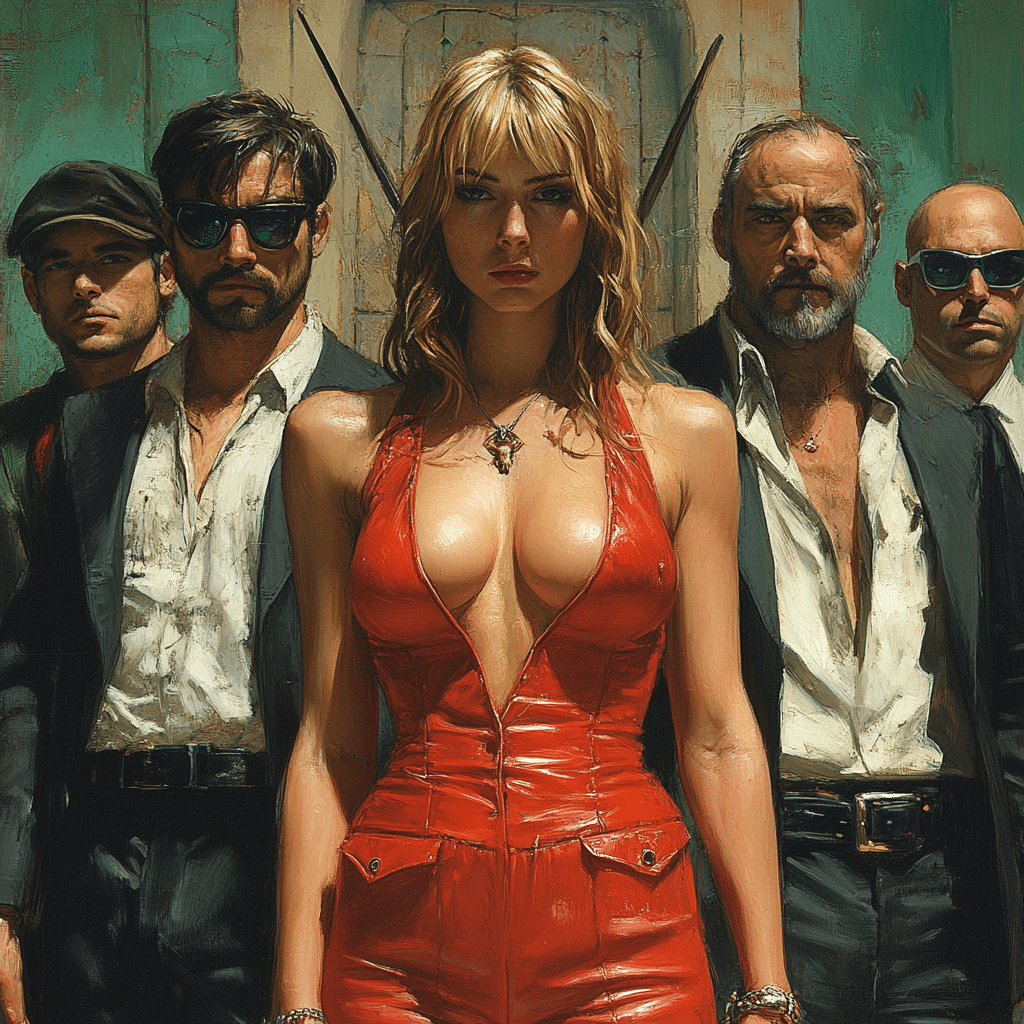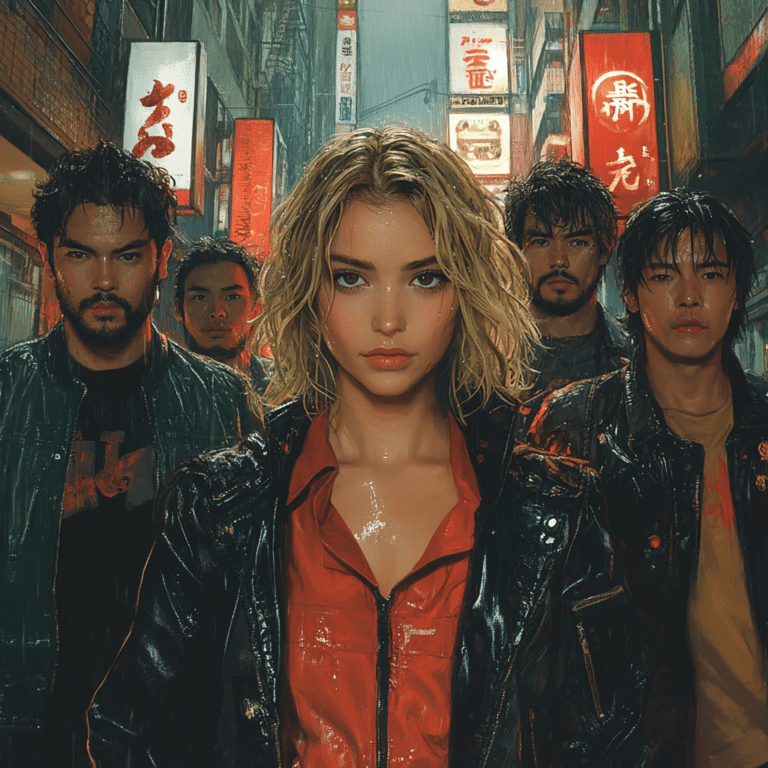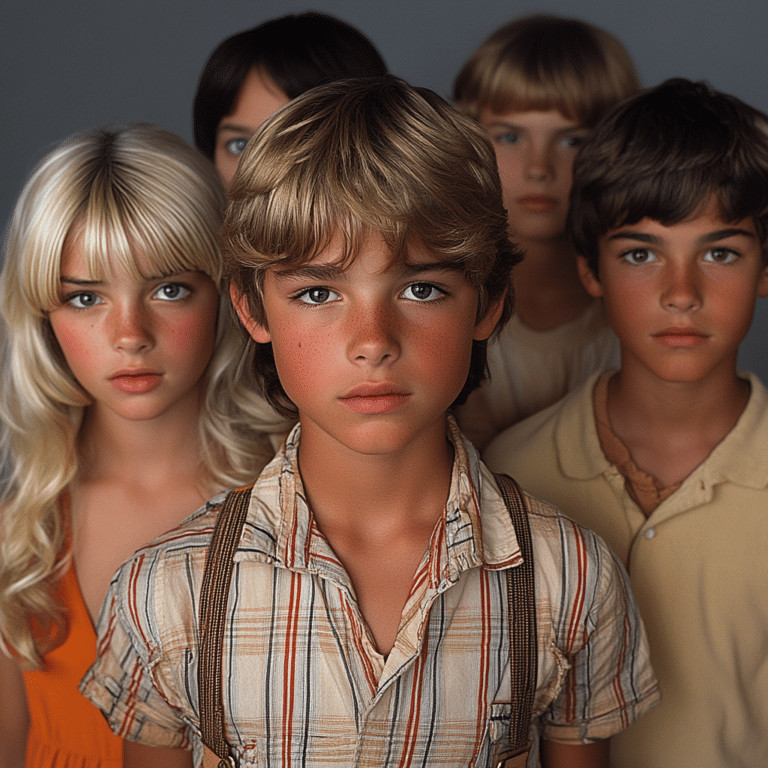Jessica Knoll’s Luckiest Girl Alive book has become a must-read phenomenon, challenging audiences to confront uncomfortable truths about trauma and identity. Since its release, it’s taken the literary world by storm, becoming both a bestseller and a conversation starter. The book follows Ani FaNelli, a young woman desperately trying to reinvent herself after experiencing life-altering trauma as a teenager. And let me tell you, the way Knoll weaves her own personal experiences with those of Ani is both fascinating and thought-provoking. If you’re looking for a narrative that will make you reflect on your own life, this might just be it.
Now, buckle up as we delve into this compelling story, uncovering the trauma and identity issues that lie at its heart.
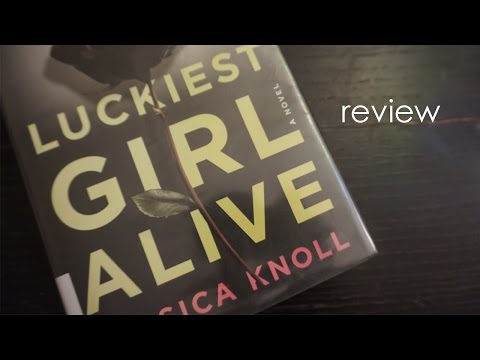
Exploring the Narrative of Trauma in the Luckiest Girl Alive Book
The Luckiest Girl Alive book is more than just a gripping tale; it’s a mirror reflecting the struggle many endure when dealing with traumatic experiences. Ani’s journey isn’t just that of a fictional character; it’s a representation of countless individuals confronting their pasts. Knoll does a splendid job of portraying trauma—not as an isolated incident but as a lens. The way trauma influences Ani’s perception of femininity, identity, and resilience speaks volumes.
From the moment we dive into Ani’s life, we’re confronted with the painful reality of her past. She struggles to mesh her glamorous public persona with the haunting memories of assault and loss. This dichotomy resonates with many readers, prompting a deeper exploration of how trauma reshapes one’s existence. The Luckiest Girl Alive book feels like a well-crafted play—the stage is set, and the characters are tossed into a whirlwind of personal discovery. Talk about dramatic!

7 Key Themes in the Luckiest Girl Alive Book That Challenge Perceptions
In Luckiest Girl Alive, the stark contrast between Ani’s external façade and internal turmoil hits hard. Readers see her strive to project an image of the “luckiest girl,” while beneath lies an aching past. It’s a struggle many face daily as they juggle personal and social identities.
Trauma doesn’t just impact the individual; it spills over into relationships, and Knoll captures this beautifully. Ani’s could-be fairytale romance with her fiancé is tinged with unresolved feelings and mistrust. This makes readers question how much of our past shapes our future connections. Isn’t that something we’ve all experienced in one way or another?
Ani’s journey illustrates the overwhelming pressure women face to maintain specific appearances and behaviors. Through her experiences, Knoll critiques societal standards that dictate how women should behave, look, and love. It serves as a wake-up call to break free from these expectations.
The journey to self-acceptance isn’t a walk in the park for Ani. It’s a rocky road filled with twists and turns. Readers will relate to her struggles, understanding that healing and acceptance come with hurdles—not a straight path.
Memory becomes a crucial player in Luckiest Girl Alive. Ani navigates her recollections of trauma, and how these memories shape her present identity is fascinating. It prompts discussions about the reliability of memory and how it influences who we become.
Throughout the narrative, Ani exemplifies incredible resilience. Her character not only embodies survival after tragedy but showcases that even in darkness, one can find inner strength. This is particularly empowering for anyone on a journey of healing.
Finally, the book underscores the significance of sharing our truths. Ani’s experiences encourage readers to engage in honest storytelling, creating avenues for connection and solidarity. Isn’t it amazing how sharing our vulnerabilities can bring us closer to others?

The Cultural Impact of the Luckiest Girl Alive Book
Since it hit the shelves, the Luckiest Girl Alive book has stirred debates within feminist literature and further. Book clubs and social media platforms buzz with discussions about Knoll’s powerful themes. The novel not only prompts readers to look inward but also pushes the boundaries of societal norms regarding trauma.
One of the reasons this book resonates so deeply is its timeless message about trauma and resilience. It’s not just a personal story; it’s a universal one. The conversations it inspires about mental health and self-acceptance contribute to its cultural significance. It showcases the power of literature to confront pressing issues, making it a vibrant part of today’s literary landscape.

Navigating the Future: What the Luckiest Girl Alive Book Teaches Us
The Luckiest Girl Alive book not only captivates with its narrative; it also serves as a poignant reminder that many are navigating their own traumas. In a world where conversations about identity and mental health are crucial, Knoll’s narrative fosters understanding and empathy.
As it encourages readers to reflect on their stories, it brings forth a message of hope. It reminds us that while our pasts can shape us, they don’t determine our futures. This is a crucial lesson for anyone, regardless of age or background.
So, if you’re interested in diving deep into themes of trauma, identity, and resilience, pick up a copy of the Luckiest Girl Alive book. Who knows? You might just find a piece of yourself within the pages! And who wouldn’t want to do that?
At the end of the day, Jessica Knoll’s Luckiest Girl Alive isn’t just a book; it’s a journey. Whether you’re gathering with friends for a meaningful book club discussion, or you’re simply curled up with some great percale Sheets from your favorite store (who doesn’t love comfy bedding?), prepare to be challenged, moved, and ultimately inspired.

Fun Trivia and Interesting Facts About the Luckiest Girl Alive Book
Unraveling the Story
The Luckiest Girl Alive Book, penned by Jessica Knoll, not only chronicles the harrowing journey of a woman grappling with trauma but also dives deep into themes of identity and survival. It draws inspiration from Knoll’s own experiences, making it resonate deeply with readers who relate to the quest for self-understanding. Speaking of dedication, Kacy catanzaro, a fierce competitor known for her sports achievements, has made a name for herself by overcoming incredible odds—much like the protagonist in the book.
The Cultural Impact
On the iceberg of pop culture, the Luckiest Girl Alive Book has been stirring conversations since its release. It’s fascinating to note that the narrative weaves in sharp social commentary akin to the whirlwind life of rap star NBA YoungBoy, who’s had his share of ups and downs from a very young age. The book also raises questions about societal norms and the expectations placed on women, reminiscent of many issues that crop up in community discussions, much like the debates sparked by drug testing questions such as Does Lsd show up on a drug test? This relevance proves it’s more than just a story—it’s a cultural touchstone.
Adaptation and Entertainment
Fast forward to screen adaptations, where books like Luckiest Girl Alive Book often transform into cinematic experiences that challenge perceptions. The film adaptation, featuring a stellar cast and keen direction, has captured the essence of the novel while adding nuanced layers to the narrative. The personal stories of cast members, like Santtu Seppäläs journey to the screen, show that Hollywood is full of unexpected tales. As we enjoy these adaptations, it’s astonishing to think how home appraisal challenges like those in a home appraisal chase influence what we see on screen, from settings to character backgrounds. Such intersections of life and art give added depth to the stories we love.
In this blend of fact and fiction, the Luckiest Girl Alive Book serves as a reminder that everyone’s journey is uniquely theirs, making it a classic that will continue to captivate audiences for years to come.

What is the book Luckiest Girl Alive about?
Luckiest Girl Alive follows Ani Fanelli, a young woman who strives to reinvent her life after living through severe trauma as a teenager, including a school shooting and a gang rape. The story delves into her struggles and the scars left behind by these experiences.
Is the Luckiest Girl Alive book based on a true story?
While the book is a work of fiction, it draws heavily on the author’s real-life experiences. Jessica Knoll faced a similar gang rape in her own life, which she later revealed added biographical elements to Ani’s story.
Is Luckiest Girl Alive worth reading?
Luckiest Girl Alive is definitely worth a read, especially for those who enjoy gripping narratives that spark discussion. It’s a thought-provoking tale that’ll give book clubs plenty to chew on and debate.
Does Luckiest Girl Alive movie follow the book?
The film adaptation of Luckiest Girl Alive does take some liberties by skipping much of Ani’s backstory, especially her time as a Catholic school girl, and it doesn’t go into detail about her parents, which might leave some gaps for those familiar with the book.
What was the trauma in Luckiest Girl Alive?
The trauma in Luckiest Girl Alive revolves around Ani’s experiences with a traumatic school shooting and a gang rape during her teenage years, which shape her character and the choices she makes as an adult.
What is the graphic scene in Luckiest Girl Alive?
One of the graphic scenes in Luckiest Girl Alive involves the depiction of the gang rape, which is a pivotal moment that drastically impacts Ani’s life and sets the stage for her struggles.
Was Jessica Knoll really in a school shooting?
While Jessica Knoll wasn’t herself part of a school shooting, she experienced a gang rape while in school, and she has drawn on those real-life events to inform her storytelling.
What is the secret in Luckiest Girl Alive?
The secret in Luckiest Girl Alive revolves around Ani’s past traumas and the way they shape her present life, particularly how she hides her real self from those around her, creating a persona that conceals her pain.
How did the Luckiest Girl Alive book end?
The book ends with Ani confronting her past, particularly her traumatic experiences, and taking steps to reclaim her life and power. However, specifics about her future remain somewhat open-ended.
Who is the shooter in Luckiest Girl Alive?
The shooter in Luckiest Girl Alive is a character tied to Ani’s traumatic high school experience, though the film adaption glosses over certain details regarding this character’s identity and motivations.
Is there a second Luckiest Girl Alive?
There isn’t a sequel to Luckiest Girl Alive; the story begins and ends with Ani’s journey as she’s depicted in the original novel.
What is the theme of the book Luckiest Girl Alive?
The main theme of Luckiest Girl Alive revolves around identity, resilience, and the impact of trauma on one’s life. It explores how trauma can shape a person’s choices, relationships, and sense of self.
What happened to Hilary in Luckiest Girl Alive?
In the narrative, Hilary is a secondary character who plays a role in Ani’s high school experience. The specifics of her trajectory are tied to the book’s exploration of friendship and betrayal.
How much of Luckiest Girl Alive is true?
While much of Luckiest Girl Alive is rooted in Knoll’s experiences, it’s important to note that the storyline is fictionalized, blending real emotions with invented scenarios and characters for narrative depth.
Is there a happy ending in Luckiest Girl Alive?
The ending of Luckiest Girl Alive is intense and transformative. Ani confronts her painful history, which can be seen as a form of catharsis, though it might not fit the traditional mold of a “happy” ending.

